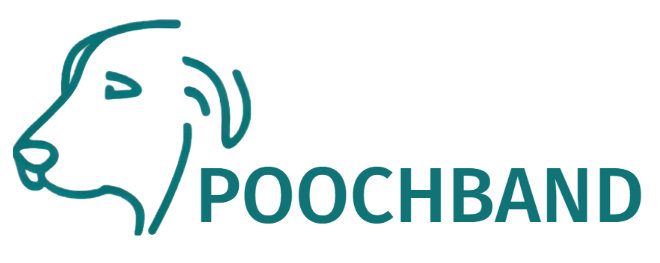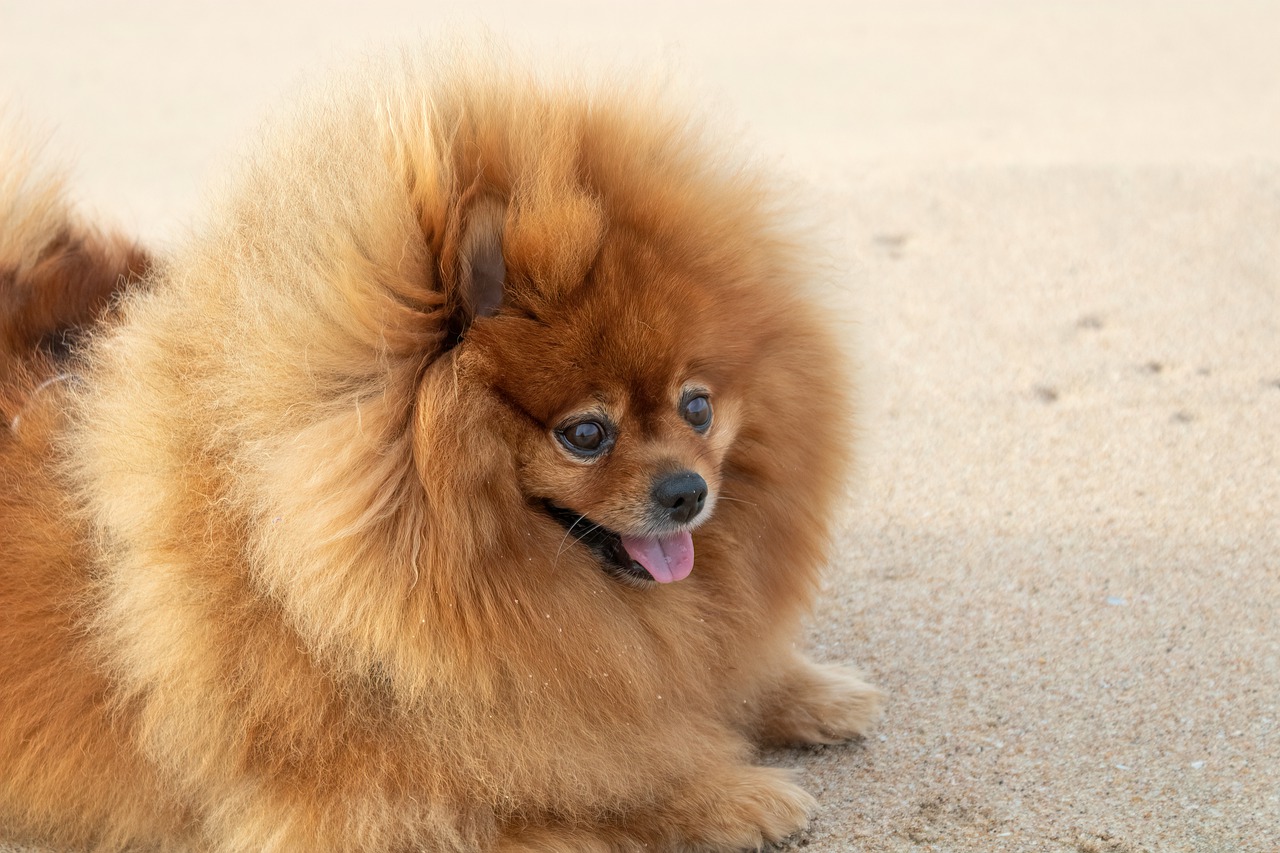If you have decided to add a Pomeranian to your family, out of the many small breed dogs like Shi Tzus, Chihuahuas, or bichon Frise, the next question in your mind is how much it will cost you. You should know that apart from the initial cost of buying a Pomeranian puppy, there are other added lifetime costs you need to be prepared for. So, how much does a Pomeranian cost?
How Much Does A Pomeranian Cost
A Pomeranian puppy will cost $600-$1200 on average. During the initial year of owning a dog, there are many requirements like medical bills, supplies, training, and socialization, which can cost around $1160 to $2845. The expenses will decrease in the next years and will be around $1,535 annually. Pomeranians have a lifespan of 14-16 years; this implies that the average cost of owning a Pomeranian throughout his life is around $17,925.
How Much Does A Pomeranian Cost: Puppy Price
A Pomeranian puppy’s price will differ depending on where you buy it and for what reasons.
a. Pomeranian Breeders
If you buy a Pomeranian puppy from a reputable breeder, you will be charged around $500 and $2,500.
The above price can change if the Pomeranian pup you intend to buy is from the lineage of a champion breed. The price can increase to $4000-$10,000.
The breeders’ prices include medical costs, training, socialization, and the high-quality food provided to them before they are bought.
If you want to buy a Pomeranian dog trained as a service dog, you will pay approximately $10,000.
b. Pomeranian from shelters/Rescues
You can get a Pomeranian puppy from shelters even though there is no guarantee that he will be a pure breed. You can get mixes like Pom –Shi, and Pom-chi, among others.
You are required to pay an adoption fee of around $50-$300. Their dogs are vaccinated and given proper medical.
It is good to note that it is hard to find puppies in shelters. Most of the dogs are adults or seniors.
Are small Poms more expensive than large ones?
Sure, little Poms cost more than larger ones. But, on the other hand, a Pom puppy belongs to the toy category and only comes in one size. Some breeders sell runts as Teacup Poms.
The smaller ones are more expensive because people think they’re getting a rare puppy since they are so cute and little.
Factors Affecting the Cost of a Pomeranian Puppy
Location: Pomeranians can be expensive in some areas. This is caused by high demand in the area. It would help if you tried checking in other areas where Pomeranians are not popular to save your money.
Coat color and marking: Pomeranians have a wide range of coat colors. Some of the most common colors are black, brown, and orange. The rare colors are white, lavender, or merle. The common colors are less expensive than the rare ones.
Breeder Reputation: If a breeder is well certified and reputable, you will pay more for your puppy. You will pay for his expertise, and in return, you will have healthy puppies with a good temperament.
Age: puppies are in high demand, making them more expensive than adult and senior dogs. Many people prefer to buy puppies because they are easily trainable.
Size: The teacup Pomeranian is smaller but more expensive than regular-sized Pomeranians. However, getting a smaller dog can result in long-term financial savings because they consume less food, are simpler to handle, and require fewer supplies.
Purpose: If you want a Pomeranian that can compete in shows, he will be required to meet certain requirements. These Pomeranians will be more expensive than those bred only as household pets. Furthermore, if you want a Pomeranian that can serve as a service dog, you will have to pay an extra amount. For example, a Pomeranian can help people with allergies, diabetes, or seizures.
Bloodline: Puppy prices for champion-bred Pomeranians are higher due to their genetic heritage. They can be up to 3 times as expensive as others. You don’t need to get a champion line pup if you don’t want to compete in dog shows.
How Much Does A Pomeranian Cost: Long-Term Cost
Supplies
Before you take your Pomeranian puppy home, you must ensure that you have prepared a comfortable place for him. You will have to spend more in the first year buying supplies. After that, you will only replace and add a few in the following years.
These supplies include crates, blankets, nail clippers, toothbrushes and paste, harnesses, toys, leashes, collars, id tags, poop bags and scoopers, and food and water bowls.
In the first year, you can spend an average of $2,674, and the coat will go down in the following years to around $1,535.
Veterinary care
The initial vet cost in the first year will average from $500-$600 per month. This cost will cater to the initial health screening, microchipping, spay/neuter, deworming, and vaccinations.
Pomeranians are prone to diseases like;
- Eye problems
- Allergies
- Luxating patellas
- Entropion
- Cryptorchidism
- Degenerative Myelopathy
Some of these diseases are expensive to treat, and you will require insurance to cover your dog.
An insurance cover will cost an average of $30-$60 a month.
Feeding
Pomeranians are small breeds and will require less food. A puppy will obviously eat less compared to an adult Pom, but the difference will be slight.
The average cost of feeding a Pomeranian is between $70- $90 annually.
Grooming
Pomeranians have long coats that require brushing regularly. If the coat is not maintained, it can form fur balls that are hard and painful to comb.
You can take your dog to a groomer for nail clipping, coat trimming, and teeth brushing.
The average cost for grooming a Pomeranian is $400-$800 per year.
Training
Every dog should be socialized and go through a training class. The average cost of paying a trainer is $50 to $150 for a time frame of 4 to 8 weeks.
Training will help your dog to behave well around other dogs and people.
Additional Cost To Consider When Owning A Pomeranian
Other costs you need to set aside include boarding services, dog walking, and puppy proofing your home. Furthermore, with an insurance cover or not, you should set aside funds for emergency vet bills.
Conclusion
Even though Pomeranians are small breed dogs, it does not mean they should not be budgeted. They are not expensive to own as they require a smaller amount of food, their supplies are mostly small-sized, and will also cost less. However, having a plan on what your dog requires will spare you from any inconveniences and financial strains in the future.

